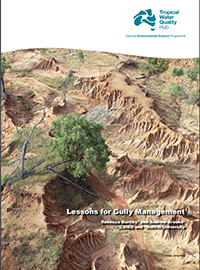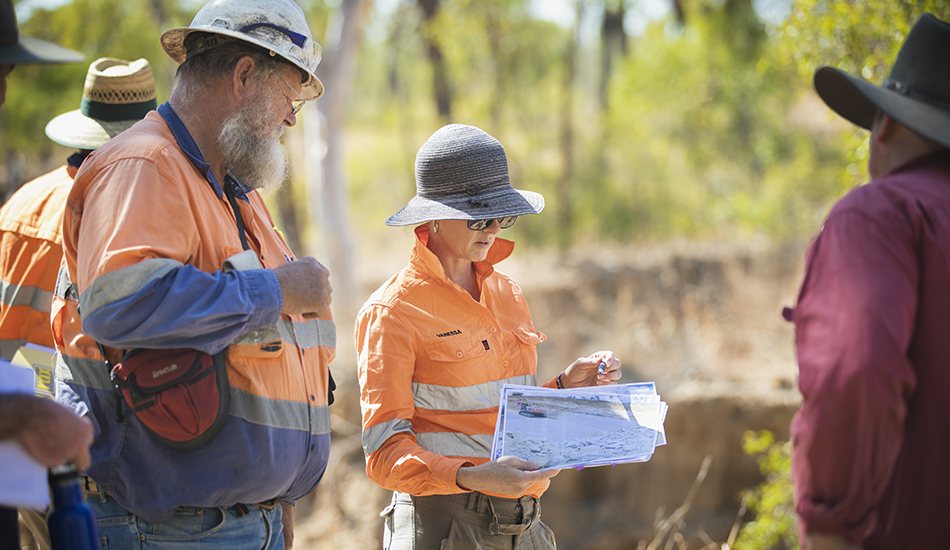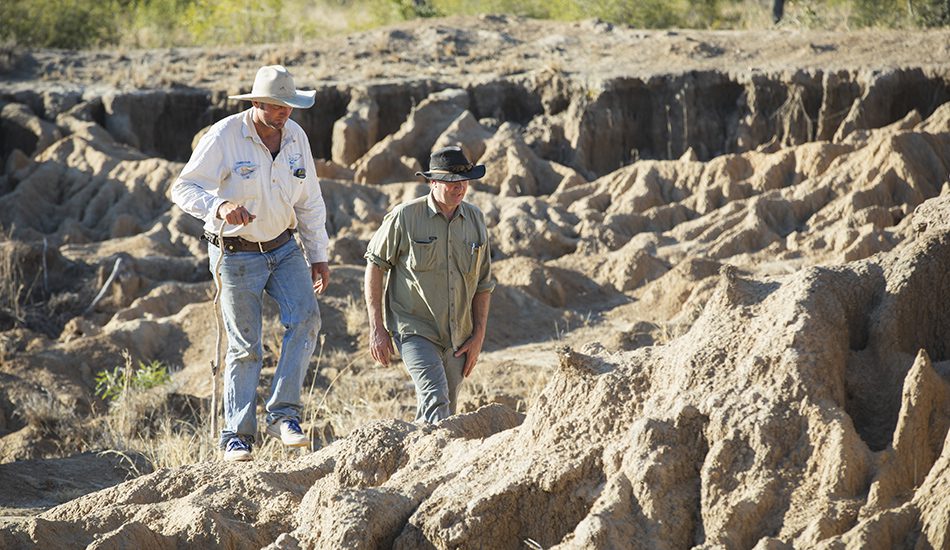Prioritising remediation of active gullies in the BBB
Verterra representatives inspecting the first large-scale gully site at Mt Wickham.
Glen Bowen grazier Christian Cormack (left) with Associated Professor Griffith University Dr Andrew Brooks inspecting gullies.
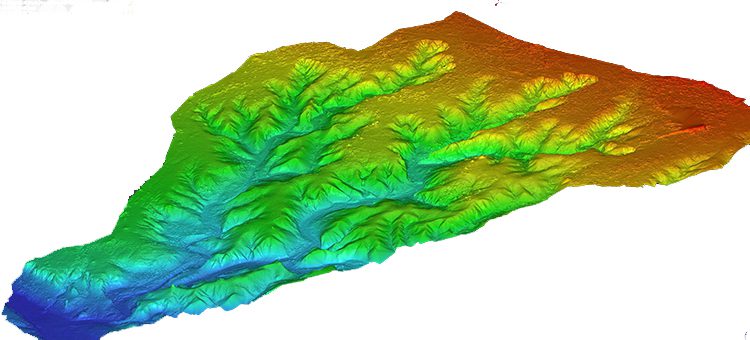
A LiDAR capture of a paddock grazed by horses and cattle.
Report maps the road ahead for works
LDC contracted Griffith University to deliver a report that characterises and prioritises the highest sediment producing gullies in the BBB catchment.
Prioritising work is important because it links to improvement in the quality of water leaving properties. The report identified ‘clusters’ of gullies most likely to be the most cost-effective to focus resources for rehabilitation to achieve sediment savings to help meet end-of-catchment water quality targets as identified in the Reef 2050 Water Quality Improvement Plan.
This work involved using LiDAR (Light Detection and Ranging) and a semi-automatic mapping approach to map more than 66,000 gullies, predominantly in the Bowen and Bogie catchments.
This process revealed about two thirds of the gullies are no longer active, and there are 22,311 active gullies covering 4,621ha in the Bowen and Bogie catchments.
Early indicators show fine sediment contributions from hillslope and alluvial gullies are roughly equal and while there are more hillslope gullies than alluvial gullies, it is the latter that is likely to produce the greater fine sediment reductions when cumulative yield is considered.
Scientists’ case study provides a tool for the future
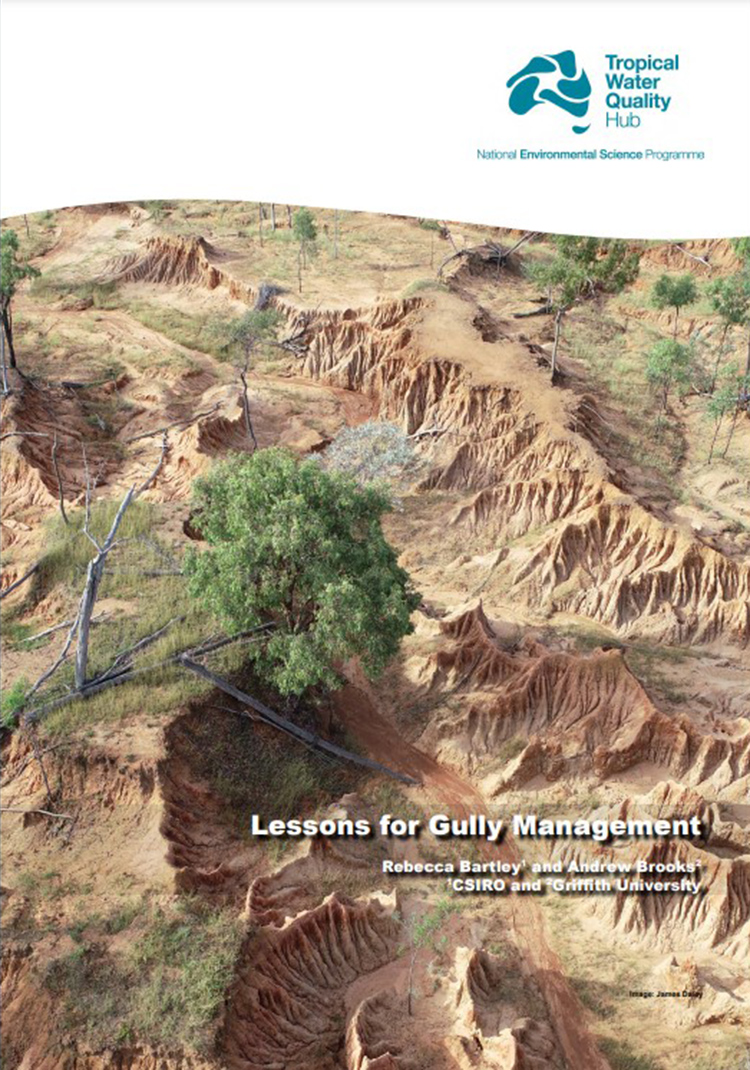 Andrew Brooks, of Griffith University, and Rebecca Bartley, of CSIRO, have written an excellent case study called Lessons for Gully Management.
Andrew Brooks, of Griffith University, and Rebecca Bartley, of CSIRO, have written an excellent case study called Lessons for Gully Management.
The document presents key National Environmental Science Program (NESP) Tropical Water Quality Hub (TWQ Hub) research projects investigating aspects of gully remediation for maximising fine sediment delivery to the Great Barrier Reef.
These projects have been conducted in collaboration with a wide range of research partners, but in particular, the Landholders Driving Change (LDC) project led by NQ Dry Tropics and funded through the Queensland Government’s Reef Water Quality Program.
For example, NESP TWQ Hub projects have delivered research quality monitoring and evaluation of a number of gully rehabilitation sites in the LDC project. The findings will continue to inform on-ground gully rehabilitation projects being implemented in the Great Barrier Reef catchments and contribute to other compilations of technical guidance such as the Reef Trust Phase IV Gully and Streambank Toolbox. The Toolbox provides further information on potential design and treatment options.
Work thus far
What’s next?
The Challenge
Sediment source?
Water sampling
YOU MAY ALSO BE INTERESTED IN:
